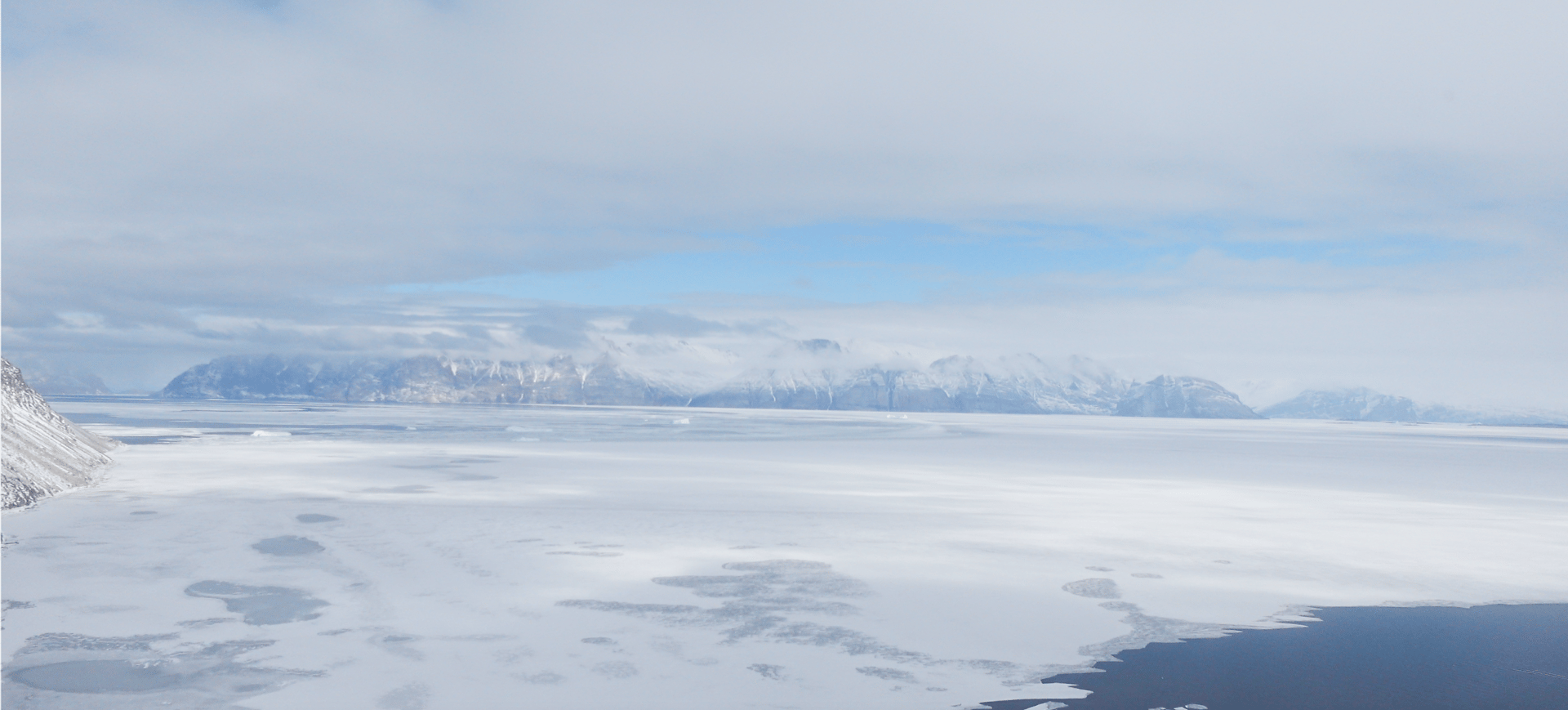pilotgreenland

En Route
©PamelaGL. Uummannaq District 14 May 2024
A point to note:
April 24th, waiting at the Airport in Nuuk, on my way to Tasiilaq via Kulusuk with the De Haviland 800 series, known as the Dash 8; a storm of katabatic winds from the Inland Ice, the Pitteraaq[1], delayed my flight. I started my fieldwork in Kangerlussuaq on the 17th of April. If I were to devise an enlightened plan for fieldwork aware of the unpredictable weather as ‘the usual’, it would also include a cultural understanding of weather. John MacDonald’s book on The Arctic Sky ( ) reconstructed the celestial sphere, star lores and Legends of the Canadian Arctic sky for a deeper understanding of Inuit astrology. He also noted seasonal and diurnal time (daily rotation of the earth) were both reckoned and governed by the predictable movements of familiar celestial bodies; while the Arctic’s unpredictable atmospheric conditions manifest in the form of favourable and unfavourable weather were the principal determinates of daily activity, and fortune. There is a certain truth to the unpredictable weather ‘determining daily activity’, especially in the Greenlandic word, immeqa. Immeqatranslates to ‘maybe’ in Greenlandic (Kalaallisut), and in context to how the unpredictable weather affects daily activity – some things can never be planned. In relation to flying, flying is conditional upon various factors but encompasses ‘immeqa’; because of the weather, the pilot will not fly now, but maybe, somewhat probable, could be favourable later on today or tomorrow or in a few days or a week or in some cases, a month! The word ‘immeqa’ is not overused, but often used when flights are delayed, cancelled, and rescheduled.
Place Names and IATA Airport Codes
A brief on place names. The place names in West and East Greenlandic are common to those living on the island. Although there are not many detailed or updated maps to choose from, most maps represent Greenland with place names dated from 1800 to 1900. Printed maps show the Inuit place name together with names of those who have historically discovered, settled, mapped, sponsored expeditions, or paid homage to or set up colonial outposts. The aviation airport codes (International Air Transport Associations (IATA) codes) are taken from Danish place names. Most heliports and helistops have Inuit place names, apart from a few Danish place names. To simplify, I use the full place name.